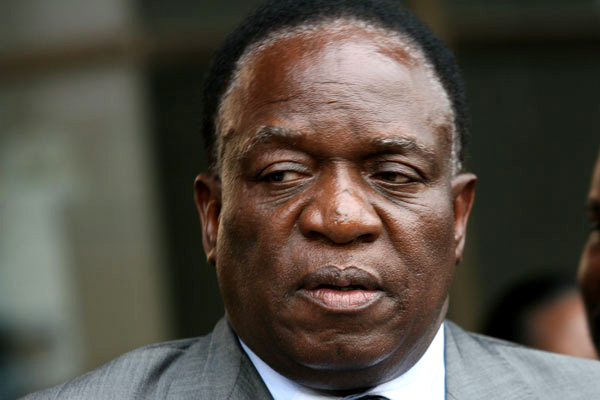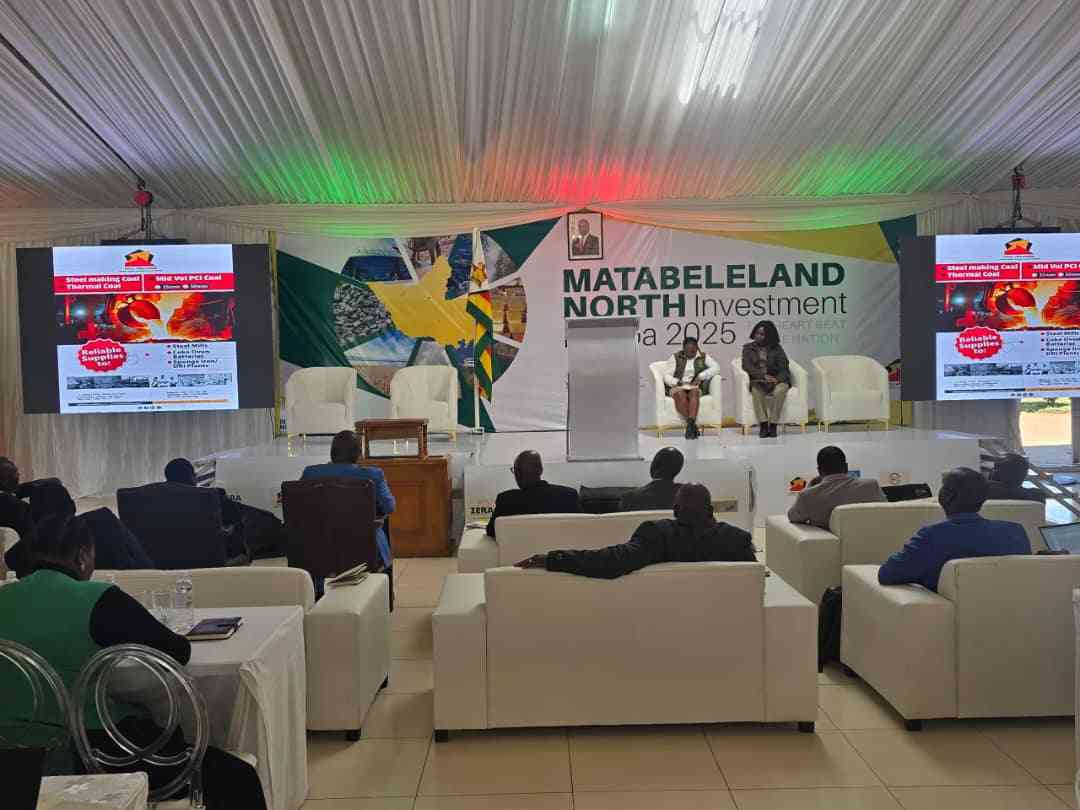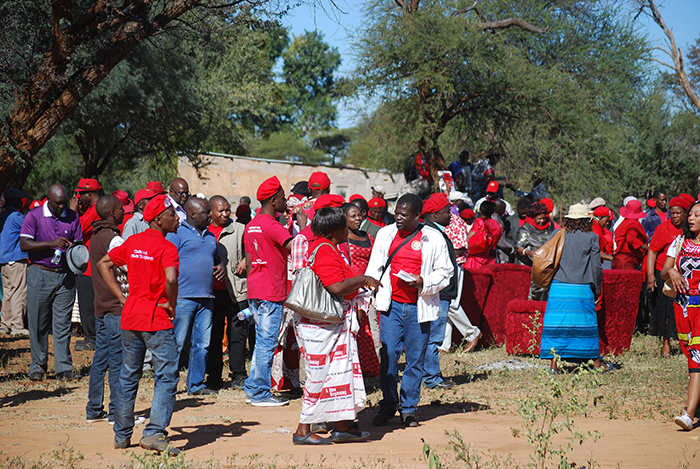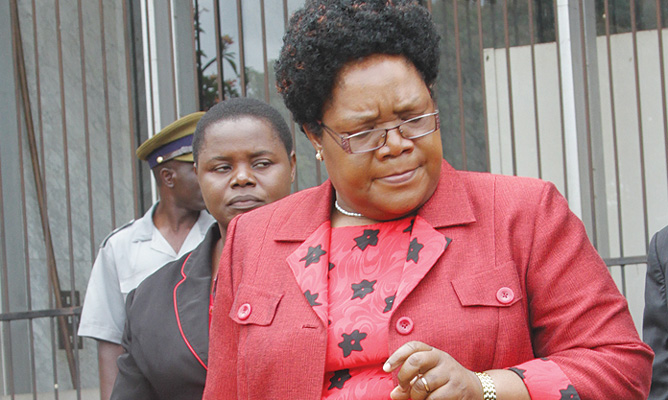
VICE-PRESIDENT Emmerson Mnangagwa’s role in the Gukurahundi massacres has once again been thrust into the limelight, with former Education minister David Coltart accusing him of making inflammatory statements that could have formented the killings.
BY RICHARD CHIDZA

In his autobiography, The Struggle Continues: 50 years of Tyranny in Zimbabwe, Coltart insinuates Mnangagwa and Defence minister Sydney Sekeramayi could have known more about the 1980s killings than President Robert Mugabe.
At a rally near Lupane district, Coltart alleged Mnangagwa said the government had an option of “burning down … all villages infested with dissidents”.
“The campaign against dissidents can only succeed if the infrastructure which nurtures them is destroyed,” Mnangagwa was quoted saying.
Coltart said Mnangagwa described dissidents as “cockroaches” and the Fifth Brigade as “DDT”, a deadly pesticide used to exterminate vermin.
While Mnangagwa’s role in the 1980s killings has been written on extensively, the nature of the inflammatory language used was likely to undermine the Vice-President, who is reportedly under siege in Zanu PF’s factional wars.
- Chamisa under fire over US$120K donation
- Mavhunga puts DeMbare into Chibuku quarterfinals
- Pension funds bet on Cabora Bassa oilfields
- Councils defy govt fire tender directive
Keep Reading
The term “cockroach” featured prominently in the media ahead of Rwanda’s genocide in 1994, and its use to describe people has been classified as hate speech.
Mnangagwa, then Security minister, reportedly working in cahoots with the army under Sekeramayi, is said to have ranted at a meeting in Matabeleland North.
“Blessed are they who will follow the path of the government laws, for their days on earth will be increased. But woe unto those who will choose the path of collaboration with dissidents for we will certainly shorten their stay on earth,” Coltart claims Mnangagwa said.
As the killings escalated, Coltart said Mike Auret, bishops Henry Karlen, Helmut Reckter and Patrick Mutume, who were documenting the violence under the auspices of the Catholic Commission for Justice and Peace (CCJP) approached Mugabe, Mnangagwa and Sekeramayi to present a report on the Matabeleland situation.
“Mugabe promised to look into their concerns, but said he doubted ‘innocent civilians were being violated in any way’,” Coltart wrote.
The clerics are said to have informed Mugabe of their intention to write a pastoral letter on the killings, which they did, but he responded angrily.
“Mugabe reacted angrily refuting the allegations and calling the authors ‘a band of Jeremiahs (which) included reactionary foreign journalists, non-government organisations of dubious status in our midst, and sanctimonious prelates,” Coltart quoted the then Prime Minister.
Coltart also reiterated that former Midlands governor, Cephas Msipa took concerns on the alleged killings to Mugabe and the President called for a meeting at the Bulawayo State House.
“Msipa records that it was ‘as if a rally had been called’ with people arriving at State House on bicycles and on foot. Once again Mugabe heard chilling evidence for two hours from survivors,” Coltart writes.
“Msipa records that after listening to their impassioned pleas, Mugabe said he ‘was sorry to hear what was happening’ but also implored people to stop ‘supporting dissidents’.”
Msipa yesterday confirmed Coltart’s version of events.
“It is true Mugabe requested that as many people were invited to meet him in Bulawayo. It was a free-for-all.
Welshman Mabhena and Amos Mkwananzi had requested to meet Mugabe over the atrocities and after he had heard the people’s stories, he (Mugabe) summed it up saying: ‘I am sorry for what is happening and government will do everything in its power to stop it, but you people must stop supporting dissidents’,” he said.
Coltart said he had not appreciated the depth of the calamity unfolding until late in 1983, when Mugabe appointed a commission of enquiry headed by lawyer, Simplisious Chihambakwe and people began to appear before it.
“It was here that the CCJP brought hundreds of Fifth Brigade victims so that affidavits could be recorded from them. I sat before woman after woman (the survivors were overwhelmingly female), recording the most horrendous evidence of crimes against humanity,” he wrote.
“Sitting at a table in the hall, one woman after another, told me how her husband, father, brother, son, uncle, grandfather, nephew had been gunned down before their very eyes; how whole families had been herded into huts – men, women and children, even babies – which were then locked from the outside and set alight. It was here that I heard about pregnant women who had been bayonetted.”
An estimated 20 000 people were killed during the Gukurahundi massacres between 1982 and 1987.










